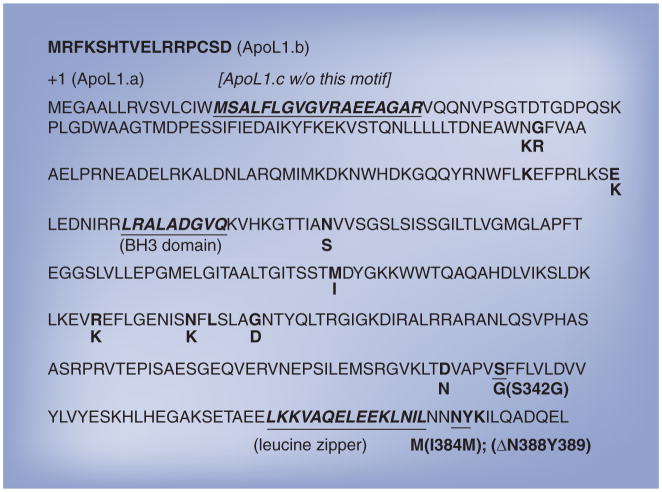Figure 2. Sequences of three human ApoL1 isoforms and their naturally occurring nonsynonymous alleles.
ApoL1.a, a 398 amino-acid (aa) polypeptide, is shown in its complete sequence. Resulting from alternatively splicing, ApoL1.b, 414 aa, is 16 aa longer than ApoL1.a at the N-terminal (first line), while ApoL1.c, 380 aa, is missing a 18 aa motif (underlined) close to the N-terminal of ApoL1.a. Thus far, 14 naturally occurring, nonsynonymous alleles of APOL1 have been identified. According to residue numbers of ApoL1.a, they are N95K, G96R, K142fs, E150K, N176S, M218I, R255K, N264K, L266fs, G270D, D337N, S342G, I384M and ΔN388Y389 (aa changes are underwritten). The BH3 (aa 158–166) and leucine zipper (aa 365–392) domains are in bold and underlined. The two risk alleles of APOL1 in ESKD in African–Americans, S342G/I384M and ΔN388Y389, are in the C-terminal domain (aa 338–398), which interacts with trypanomosal serum resistance-associated protein. I384M mutation is also present in the leucine zipper domain.

